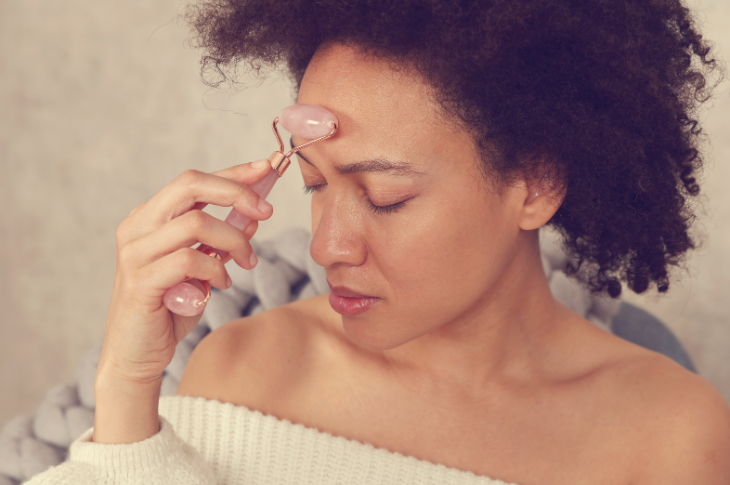What we need to teach our daughters about their breasts.
With Dr. Heidi Peverill, Oncoplastic Breast, Melanoma & General Surgeon
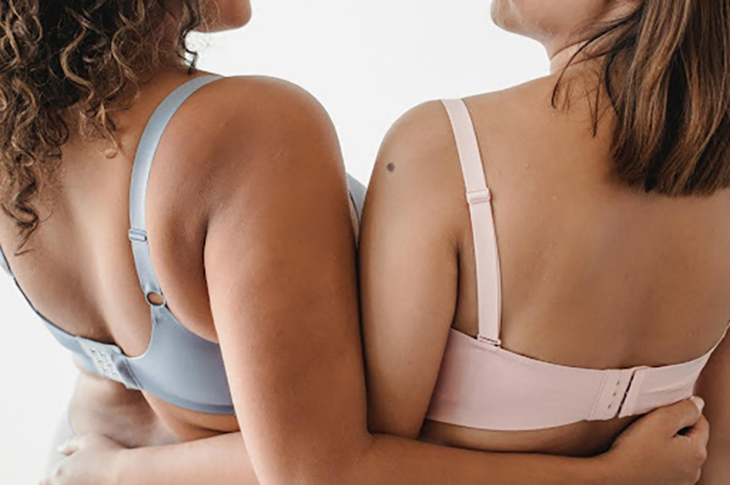
We all want our daughters to grow up to be healthy, strong, and confident in who they are.
The best thing we can do as mothers is to talk openly and honestly with our daughters about their bodies. This includes talking about breasts.
While many people still treat women’s breasts as taboo (think breastfeeding in public or the free the nipple movement), you have an opportunity to teach your daughters that boobs are nothing to be ashamed of.
Teach your daughters these lessons about their breasts and help them to grow up to feel empowered in their bodies.
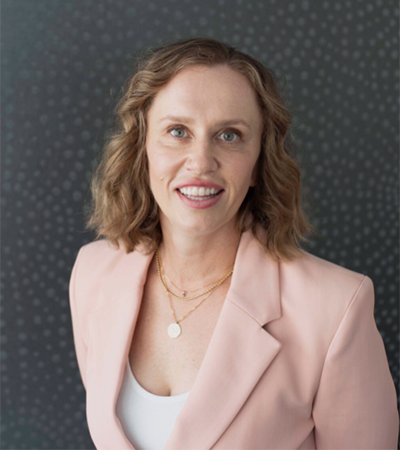
Lesson 1: Everyone’s breasts are different
Women’s breasts are all unique and there is no one way they should look. We are all different and this is what makes us who we are.
It’s normal for your breasts to be a different shape, size, or colour to your friends. It is also completely normal to have one breast bigger than the other.
Your breasts are never something to be ashamed of, no matter what they look like.
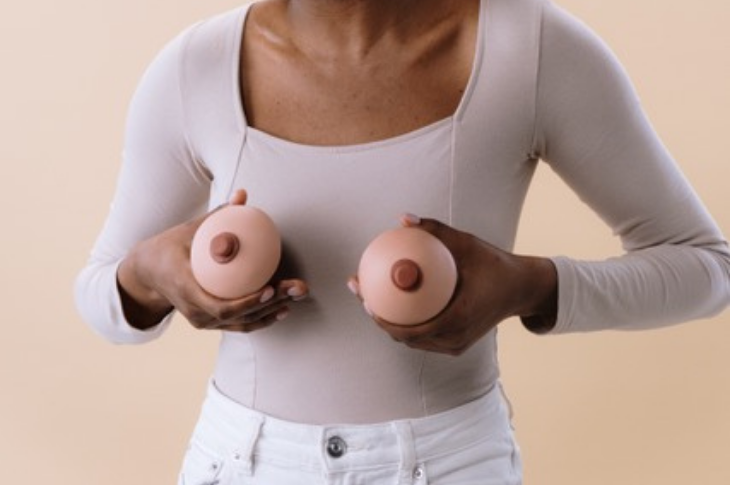
Lesson 2: It changes over the course of a woman’s lifetime
- In puberty, we experience pain and tenderness as our breasts develop.
- Ovulation can cause busts to look and feel ‘fuller’.
- It may grow with pregnancy.
- And become less perky with age.
These are all normal changes that most women will experience in their lifetime.
However, there are some changes you should see your doctor about. These include lumps, hardening, swelling, redness, darkening, rashes, pain, or discharge among others. Visit Orbe Surgeons for a list of more changes to be aware of.
If you experience any of these changes to your bust, book in with your GP as soon as possible to get your bust checked.
Lesson 3: It’s important to get to know your breasts early
The younger you get to know your breasts, the better chance of early detection of breast cancer and other conditions.
Get to know your breasts by firstly learning about the breast anatomy. This is more than the areola and nipple. It includes the lymph nodes in and around your breasts, the lobes, lobules, ducts and fatty tissue and muscle that makes up our breasts.
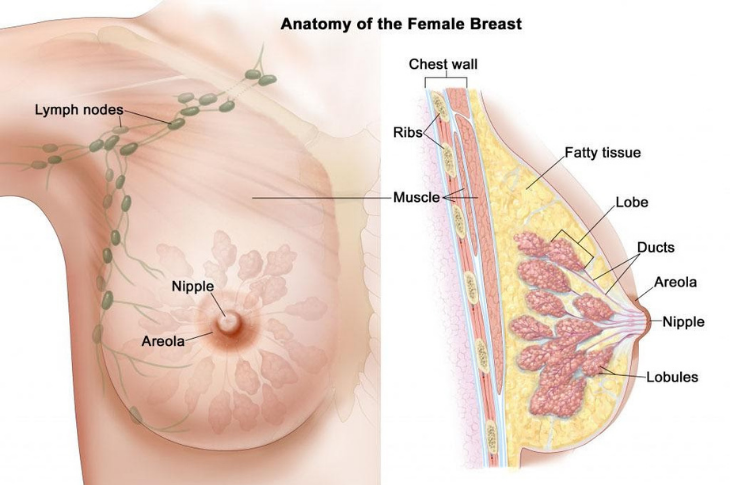
Secondly, make a habit of checking your breasts once a month in the shower. Check for changes in how they look and feel and don’t forget to check your armpits and collarbones.
Watch this video on how to do a breast self-exam.
From the age of 40, all women in Australia can and should access free breast screening via BreastScreen Australia. Be sure to keep up your monthly self-exams even when you start breast screening at 40.
Lesson 4: You know your breasts better than anyone
You are the expert in your own breasts and if you notice changes, you can speak to your GP about your concerns. It doesn’t matter how young or old you are.
You know your body better than anyone else and if you are unhappy with the medical advice you receive, you can get a second opinion.
Trust yourself and get your breasts checked if something doesn’t look or feel right.
There are so many messages out there about how women’s bodies and breasts should be. Most of these messages aren’t in our daughter’s best interests and that’s why it’s important we don’t shy away from teaching our daughters about their breasts.
Because we all want our daughters to grow up to be healthy, strong, and confident in who they are.
Find out more here.
About the Author:
Dr. Heidi Peverill is a Specialist Breast Cancer and Melanoma surgeon, with an interest in breast preservation and reconstruction. This includes implant reconstruction as well as a local flap, breast lift, and reduction techniques, to achieve both best practice cancer management as well as optimum aesthetic results. In addition, she cares for women and families at high risk of breast cancer, providing genetic testing and long-term management. Dr. Peverill also manages patients with melanoma, including the provision of sentinel lymph node biopsy, to allow patients to benefit from modern melanoma therapies.




